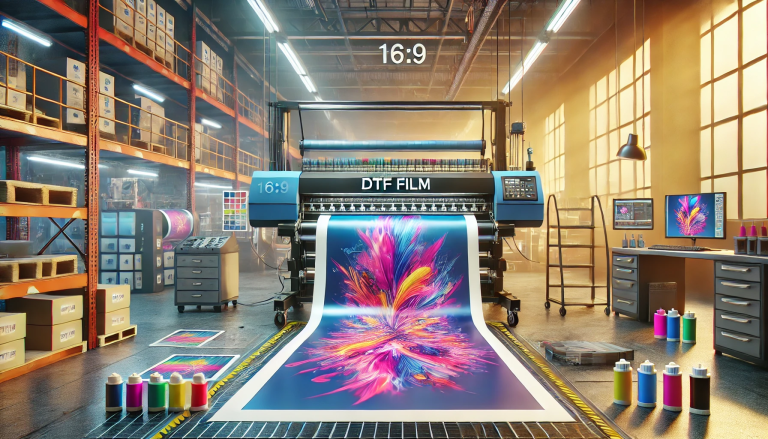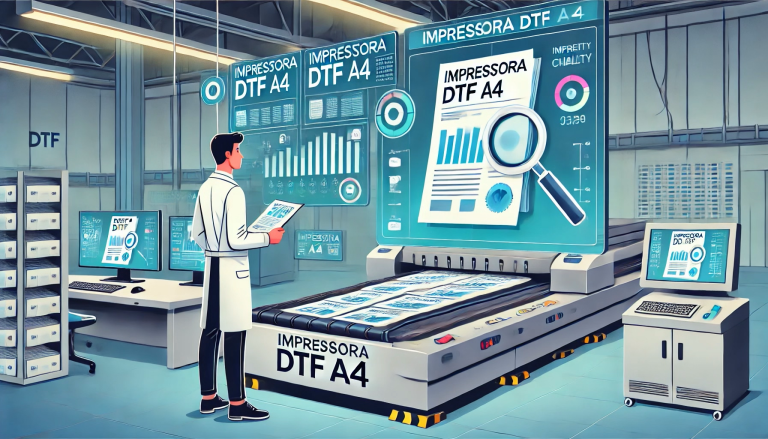“Transfer UV Film: A Revolution in Protecting Your Assets” -MAXDTF- UV DTF Film Supplier China Transfer UV DTF Film Made in China
Introduction
The sun’s ultraviolet (UV) rays are not only harmful to human skin, but can also cause significant damage to a range of materials, from the interior of your car to the delicate fabrics of your home. Fortunately, innovative technologies such as UV film transfer offer a solution to this dilemma. In this blog post, we’ll dive into the details of UV film transfer, highlighting how it works, its advantages, potential disadvantages, and practical applications.
Part I: Understanding UV Film Transfer
UV film transfer involves applying a thin protective layer of film to surfaces to protect them from harmful UV rays. This specialized film is designed to absorb and reflect UV radiation, significantly reducing the amount of UV radiation that passes through it. The film is usually transparent, which ensures that it does not block visibility and provides the necessary UV protection.
Part II: Benefits of UV Film Transfer
The introduction of UV film transfer has a number of advantages that make it a practical solution for a variety of applications.
Protection. The main purpose of UV transfer film is to protect your assets from harmful UV rays, which can cause fading, cracking and other types of damage over time.
Energy Efficient: UV films can reduce the amount of heat that comes through windows, which can help lower cooling costs in your home or car.
Health benefits: By blocking UV rays, the film also protects your skin from potential harm, reducing the risk of skin cancer and other UV-related health problems.
Visibility: Unlike traditional window treatments that can block your view, UV film is clear, allowing for unobstructed visibility.
Part III: Potential Disadvantages of UV Film Transfer
Despite the many benefits, there are several considerations to keep in mind when choosing UV transfer film.
Installation: Applying UV film can be a delicate process and often requires professional installation to ensure everything is done correctly and effectively.
Maintenance: Over time, the film may peel, become scratched, or become discolored, requiring replacement.
Cost: While UV film transfer can save money in the long run, the initial investment in quality film and professional installation can be significant.
Part IV: Application of UV Film Transfer
UV film transfer is versatile and has many practical applications.
Automotive: UV film can be used on car windows to protect the interior from sun damage and keep the car cooler.
Living spaces: At home, UV film can be applied to windows, conservatories and roof windows to protect furniture and regulate temperature.
Commercial: In businesses, UV film can protect products from fading, especially in display cases exposed to direct sunlight.
Conclusion
The benefits of UV transfer film for asset protection and energy efficiency are undeniable. While there are certain disadvantages, the benefits far outweigh them, especially in sunny climates. It’s an innovative, cost-effective solution that protects not only your assets, but also your health. From automotive to commercial applications, UV transfer film has been a game changer, revolutionizing the way we protect our valuables from the ever-penetrating sun.




